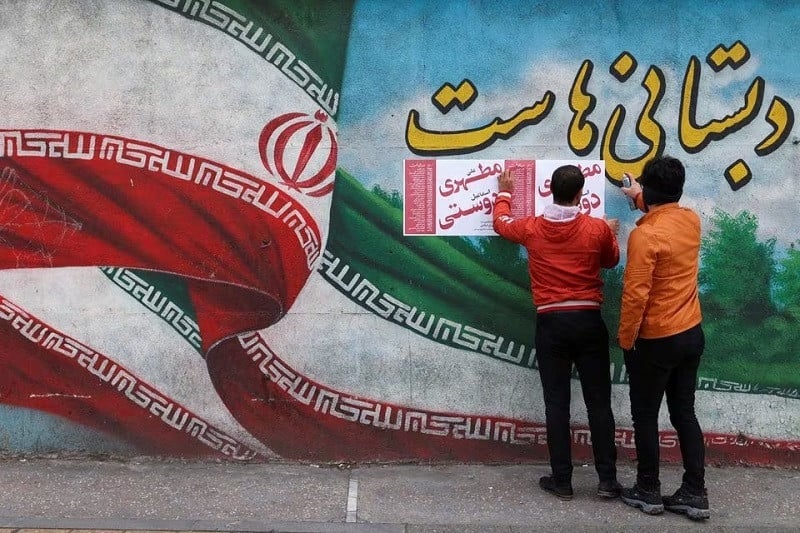This Friday’s parliamentary election in Iran is viewed as a litmus test for the clerical establishment amid mounting discontent over a range of political, social, and economic issues.
Following anti-government riots in 2022–2023 that turned into some of the greatest political unrest since the Islamic Revolution of 1979, the vote will be the first official indicator of public opinion.
The legitimacy of Iran’s theocratic system, according to critics both inside and outside the governing class, including legislators and former parliamentarians, may be in jeopardy because of the country’s economic difficulties and a dearth of voting choices for the country’s largely youthful populace, which is fed up with social and political constraints.
Ayatollah Ali Khamenei, the supreme leader of Iran, has declared voting to be a religious obligation. He claimed that the nation’s “enemies,” referring to Israel and the United States as usual, were attempting to instill hopelessness among Iranian voters.
According to Hossein Salami, the commander of the nation’s elite Revolutionary Guards, “each vote is like a missile launched at the enemy’s heart” on Wednesday.
However, the handling of the statewide uprising that followed the 2022 murder of a young Iranian-Kurdish woman while in police custody—a harsh crackdown that included widespread detentions and even executions—still stings Iranians’ memories.
Another problem is economic hardship. Millions of Iranians, according to many observers, have given up on the idea that the country’s governing mullahs can pull out of an economic catastrophe brought on by a confluence of corruption, incompetence, and U.S. sanctions.
The Twitter hashtags #VOTENoVote are being actively disseminated on social media by Iranian activists and opposition groups, who contend that a high voter turnout will validate the Islamic Republic.
Hardliners and subdued conservatives who all pledge allegiance to Iran’s Islamic revolutionary ideals will face off in Friday’s poll, which has been boycotted by mainstream moderates and conservatives and dubbed a “unfree and unfair election” by reformists.
15,200 candidates are expected to vie for the 290 seats in the parliament, according to the interior ministry. Of those who first registered, 75% will be approved by the Guardian Council, a screening committee.
Examining laws and election candidates is the power of the unelected Guardian Council, which consists of six clerics and six legal specialists who are usually in Khamenei’s sphere of influence.
The majority of the ballots will be counted by hand, thus while partial results might be available sooner, the full result might not be declared for three days.
Iranians cast their votes for the Assembly of Experts, which selects and has the authority to remove the supreme leader, on the same day. The 88-member clerical council is anticipated to assist in selecting the 84-year-old Khamenei’s successor, though it rarely makes direct policy interventions.
Iran’s nuclear program and foreign policy are not significantly influenced by the parliament. Khamenei, who has the highest power in the nation’s rare dual system of republican and clerical leadership, sets these.
studies indicate that 41% of voters will turn out in 2020, while former legislator Mahmoud Sadeghi stated on Monday that studies suggested as few as 27% of voters would participate, which is much less than 42% in a parliamentary vote.
The opposition to reform, which had been discredited by years of fruitless attempts to expand social and political liberties, became even more unpopular in 2022 when demonstrators rejected its platform of incremental change.
Though it has not abstained from voting, the Reform Front alliance has said that it would not participate in the “meaningless” election.
I am a dedicated student currently in my seventh semester, pursuing a degree in International Relations. Alongside my academic pursuits, I am actively engaged in the professional field as a content writer at the Rangeinn website.







